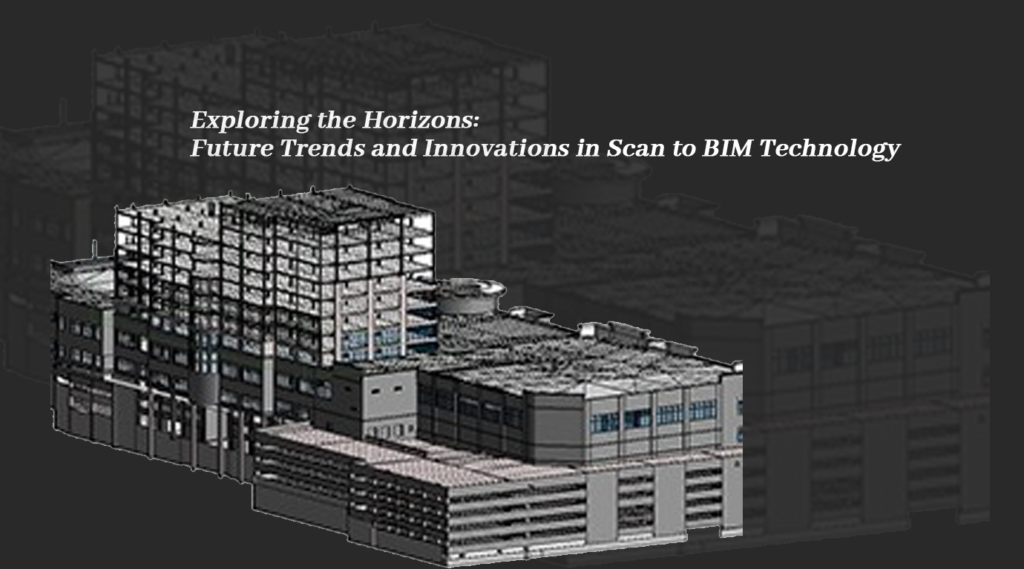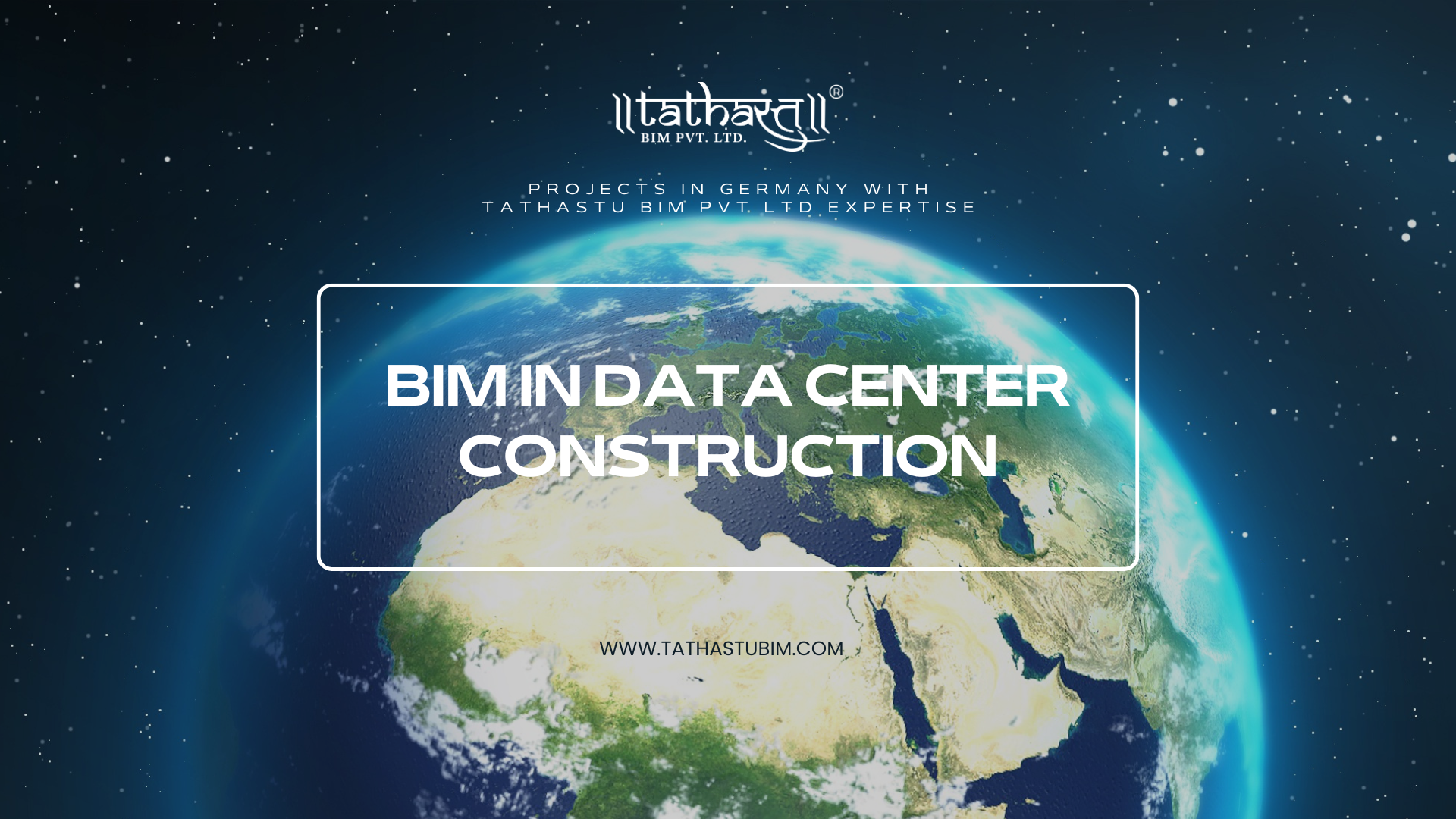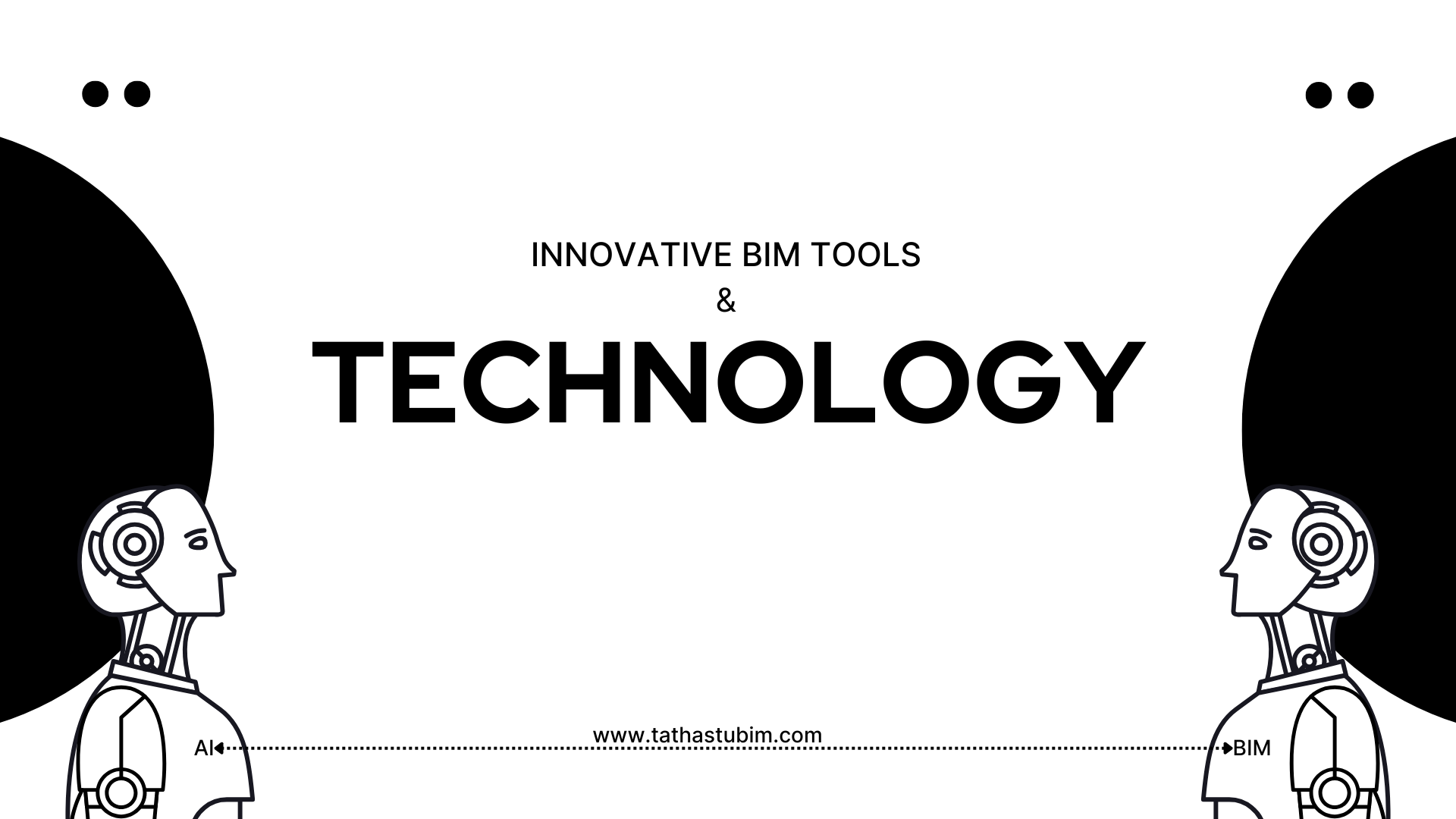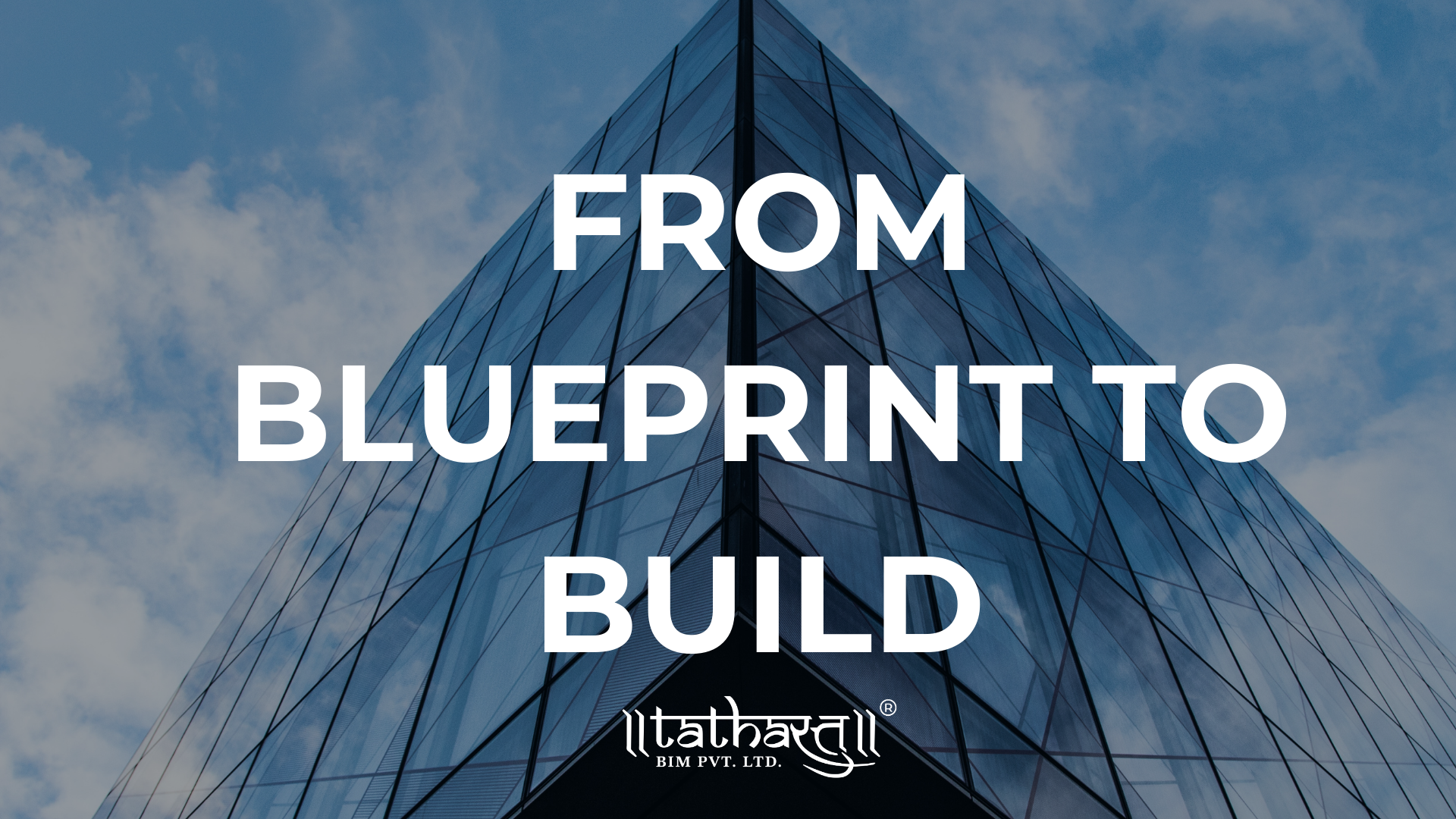


Exploring the Horizons: Future Trends and Innovations in Scan to BIM Technology
Introduction :
– Brief overview of Scan to BIM technology and its significance in the construction and architectural industries.
– Importance of staying updated with technological advancements for enhanced efficiency and accuracy.
Evolution of Scan to BIM :
– Historical background: The inception and growth of Scan to BIM technology.
– Evolutionary milestones: From basic point cloud conversions to advanced automated modeling techniques.
Current State of Scan to BIM Technology :
– Overview of the existing tools, software, and methodologies used in Scan to BIM workflows.
– Case studies highlighting successful applications and projects utilizing Scan to BIM technology.
Emerging Trends in Scan to BIM :
- Advanced Automation and AI Integration :
– Discuss the role of AI in automating data processing and model generation.
– Examples of machine learning algorithms improving accuracy and speeding up conversion processes.
- Enhanced Mobility and On-site Scanning :
– Exploration of mobile scanning technologies and their impact on on-site data collection.
– Advantages of real-time data processing and immediate model generation. Cloud-Based Collaboration and Data Management :
– The shift towards cloud-based solutions for improved collaboration among project stakeholders.
– Benefits of centralized data storage, accessibility, and security.
Integration with IoT and Smart Buildings :
– Discuss how Scan to BIM aligns with the Internet of Things (IoT) for smart building management.
– Potential for integrating BIM models with sensor data for predictive maintenance and energy optimization.
Innovations on the Horizon :
– Insight into cutting-edge research and development in Scan to BIM technology.
– Predictions on upcoming breakthroughs and their potential impact on the industry.
Challenges and Future Solutions :
– Addressing current limitations and challenges faced in Scan to BIM workflows.
– Potential solutions and strategies to overcome these hurdles in future iterations.
Ethical and Legal Implications :
– Examination of ethical considerations concerning data privacy and ownership in Scan to BIM.
– Legal implications and regulations surrounding the use of scanned data and BIM models.
Conclusion :
– Summary of key points discussed in the blog post.
– Final thoughts on the transformative potential of future trends in Scan to BIM technology.
A comprehensive blog post of this nature would require in-depth research, analysis, and possibly input from industry experts to provide the most current and relevant information. This structure aims to cover the spectrum of past, present, and future aspects of Scan to BIM technology while exploring its potential advancements and impact on the construction industry.
Popular Posts





